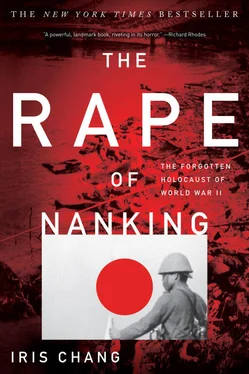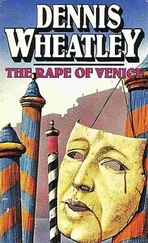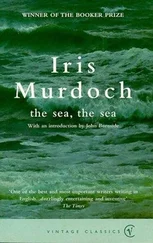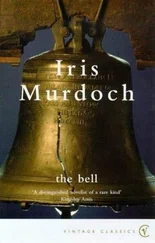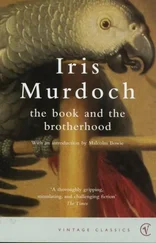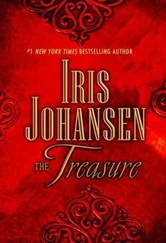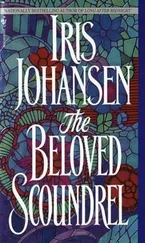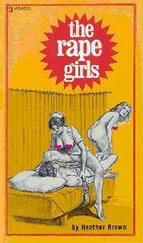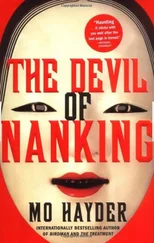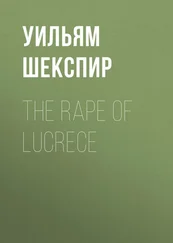Flesh was given to the text by those who helped translate important documents. To finish a book that exploited primary source material in four different languages (English, Chinese, Japanese, and German) I had to rely heavily on the kindness of friends, colleagues, and even strangers. My friend Barbara Masin, a brilliant high-tech executive fluent in five languages, gave freely of her valuable time to translate numerous German diplomatic reports and diaries into English. Satoko Sugiyama in San Diego volunteered to translate not only Japanese wartime diaries for me but also my correspondence with Shiro Azuma, a former Japanese soldier at Nanking.
The historian Charles Burdick and Martha Begemann of Hamburg helped me find the descendants of John Rabe, the former leader of the International Committee for the Nanking Safety Zone. I am beholden to Ursula Reinhardt, the granddaughter of John Rabe, for giving me detailed descriptions of Rabe’s life and copies of his reports and diaries. Many thanks go also to Jeff Heynen of the Asahi Shimbun for giving me, out of the kindness of his heart, his excellent translations of Rabe’s papers.
Several friends helped make my research trip to the East Coast a success. Nancy Tong in New York loaned me materials related to her excellent documentary, In the Name of the Emperor. Shao Tzuping and his family graciously gave me room, board, and hospitality in Rye, New York—even loaning me their car to make the commute to the Yale Divinity School Library in New Haven. Shen-Yen Lee (the former publisher of the Chinese American Forum ), his wife, Winnie C. Lee, and historian Marian Smith selflessly provided me with transportation, housing, and emotional support during my stay in Washington, D.C. At the National Archives, John Taylor steered me to an incredible store of information on the Nanking massacre, helping me locate military and diplomatic reports, intercepts of Japanese Foreign Office communications, OSS records and transcripts, and exhibits of the International Military Tribunal for the Far East (IMTFE). At the Yale Divinity School Library, the archivists Joan Duffy and Martha Smalley were unfailingly kind as they introduced me to missionary diaries and photographs of the massacre.
The Pacific Cultural Foundation paid for my travel to Asia. In Nanking, Sun Zhaiwei, a professor and vice director of the Institute of History at the Jiangsu Academy of Social Sciences, and Duan Yueping, the assistant director of the Memorial Hall of the Victims of the Nanking Massacre by Japanese Invaders, shared with me invaluable Chinese documentation about the Rape of Nanking and gave me a thorough tour of the execution sites in the city. The interpreters Yang Xiaming and Wang Weix-ing worked long hours to help me translate the documents and the transcripts of videotaped interviews with survivors.
In the Republic of China, Lee En-han at the Institute of Modern History arranged for me to stay at the Academia Sinica as I continued my research on the massacre. Caroline Lin, a reporter at the China Times, graciously provided me with her contacts and files on the subject. The veterans Lin Baoding, Lin Rongkun, Cheng Junqing, Wang Wanyong, and Liu Yongzhong also gave me unprecedented access to their files.
Several survivors of the Nanking massacre relived the horror of the past to narrate their stories to me. They include Niu Xianming in Los Angeles; Chen Deguai, Hou Zhanqing, Li Xouyin, Liu Fonghua, Niu Yongxing, Pang Kaiming, Tang Shunsan, and Xia Shuqing in Nanking; and Shang Zhaofu (Jeffrey Shang) and Zhu Chuanyu in the Republic of China.
Most of the surviving American and European eyewitnesses of the massacre and their families were unstintingly generous with their time and information, giving me telephone interviews, photographs, documents, and even films of the massacre. They include Robert and Morton Bates, Tanya Condon, Frank Tillman Durdin, Marion Fitch Exter, Robert Fitch, Marge Garrett, Peter Kröger, Emma Lyon, David Magee, Angie and Harriet Mills, Fred Riggs, Charles Sone, Leland Steward, Edith Fitch Swapp, Marjorie Wilson, and Robert Wilson Jr.
Drs. Rana Mitter and Christian Jessen-Klingenberg of the University of Oxford, Carol Gluck of Columbia University, and William Kirby of Harvard University, took the time to review my book before publication and to enrich it with their important scholarly suggestions.
In San Francisco, several Japanese and Asians met with me to discuss their viewpoints on the Rape of Nanking and Japanese denial of World War II responsibilities. I am grateful for Haru Murakawa’s help in organizing this March 30, 1997, workshop, and for Citania Tam’s generosity in providing office space for the meeting. Many thanks go to the workshop participants, who include Akira Donuma, Keiko Ito, Kenji Oka, Ching Jeng, Sueko Kawamshi, Connie Yee, Hirokiu Yamaji, Noriko Yamaji, and Yasuhiro Yamaji.
Other people who assisted me in various important ways while I was completing the book include Simon Avenell, Marilyn Bolles, Frank Boring, Mark Cajigao, Julius Chang, Barbara Culliton, Jim Culp, Edward Dodds, Mark Eykholt, David Farnsworth, Robert Friedly, Richard Fumosa, Chris Goff, Paul Golob, Gilbert Hair, Hiro Inokuchi, Ron King, Petrus Liu, David McWhirter, Dale Maharidge, Karen Parker, Axel Schneider, John Sweeney, Shigehisa Terao, Marjorie Traverso, Ao Wang, Gail Winston, Wu Tien-wei, James Yin, and Shi Young.
Finally, I must thank my husband, Dr. Bretton Lee Douglas, who endured, without complaint, story after gruesome story of Japanese atrocities in China. His love, wisdom, and encouragement gave me the strength to finish this book.
A Chinese-language edition of this book is available to those interested in obtaining the Chinese character names of people and places mentioned in the text. Write to Commonwealth Publishing Company Ltd., 87 Sung-Chiang Road, 4F, Taipei, Taiwan, Republic of China, or E-mail the publisher, Charles Kao, at ckao@cw.com.tw.
page
4. Years later experts at the… IMTFE: “Table: Estimated Number of Victims of Japanese Massacre in Nanking,” document no. 1702, Records of the International Military Tribunal for the Far East, court exhibits, 1948, World War II War Crimes Records Collection, box 134, entry 14, record group 238, National Archives.
5. One historian has estimated: estimates by Wu Zhikeng, cited in San Jose Mercury News, January 3, 1988.
5. Romans at Carthage: Frank Chalk and Kurt Jonassohn, The History and Sociology of Genocide: Analyses and Case Studies (New Haven, Conn.: Yale University Press, 1990), p. 76.
5. The monstrosities of Timur Lenk: Arnold Toynbee, 1947, p. 347, cited in Leo Kuper, Genocide: Its Political Use in the Twentieth Century (New Haven, Conn.: Yale University Press, 1981), p. 12.
5. Indeed, even by the standards of history’s most destructive war: For European numbers, see R. J. Rummel, China’s Bloody Century: Genocide and Mass Murder Since 1900 (New Brunswick, N.J.: Transaction, 1991), p. 138.
6. It is likely that more people died in Nanking: Statistics from the Bombing of Dresden come from Louis L. Snyder, Louis Snyder’s Historical Guide to World War II (Westport, Conn.: Greenwood Press, 1982), pp. 198–99.
6. Indeed, whether we use the most conservative number: Brigadier Peter Young, ed., The World Almanac Book of World War II (Englewood Cliffs, N.J.: World Almanac Publications/Prentice-Hall, 1981), p. 330. For numbers on the blasts at Hiroshima and Nagasaki, see Richard Rhodes, The Making of the Atomic Bomb (New York: Simon & Schuster, 1996), pp. 734, 740. Rhodes claims that by the end of 1945 some 140,000 people had died in Hiroshima and 70,000 in Nagasaki from the nuclear explosions. The dying continued, and after five years a total of some 200,000 in Hiroshima and 140,000 in Nagasaki had perished from causes related to the bombing. But it is significant to note that even after five years the combined death toll in both cities is still less than the highest casualty estimates for the Rape of Nanking.
Читать дальше
